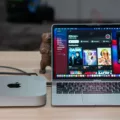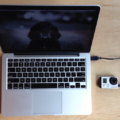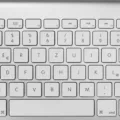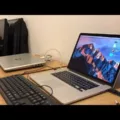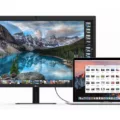Are you looking to connect your Mac to a Sony TV? It’s easier than you think! With the help of AirPlay, you can easily mirror your Mac’s screen onto your Sony TV. This allows you to watch videos, share photos, and even play games on the big screen. Plus, connecting your Mac to a Sony TV is great for business presentations and home movie nights alike!
In this article, we’ll walk you through how to connect your Mac to a Sony TV with AirPlay. We’ll also discuss other options for connecting your Mac and Sony TV if AirPlay isn’t available. Let’s get started!
How to Connect Your Mac to a Sony TV with AirPlay
The easiest way to connect your Mac to a Sony TV is with Apple’s AirPlay technology. To get started, make sure that both your Mac and Sony TV are connected to the same Wi-Fi network.
Once that’s done, open the Control Center on your Mac by clicking the icon in the menu bar at the top of your screen. From there, click on Screen Mirroring and then select your Sony TV from the list of available devices. If asked, enter a four-digit code on your Mac.
Once connected, all of the audio and video content from your Mac can be mirrored on the bigger screen of your Sony TV. You can watch movies from iTunes or YouTube videos – whatever you want! You can also use AirPlay Mirroring for business presentations or gaming purposes if desired.
Other Options For Connecting Your Mac To A Sony TV
If you don’t have access to AirPlay or want another way of connecting them together, there are some other options available as well. Depending on what ports are available on both devices, it may be possible for them to directly plug into each other using an HDMI cable or USB-C adapter/cable (if applicable). Additionally, some models have mini DisplayPort ports which may allow connections via Mini DisplayPort-to-HDMI adapters/cables as well.
Final Thoughts
Connecting your Mac to a Sony TV is easy with Apple’s AirPlay technology and provides plenty of possibilities when it comes to watching movies or sharing photos/videos with friends and family. Plus, there are other options available too if necessary such as direct connection via HDMI cables/adapters or mini DisplayPort adapters/cables – making it easy for anyone regardless of their setup!
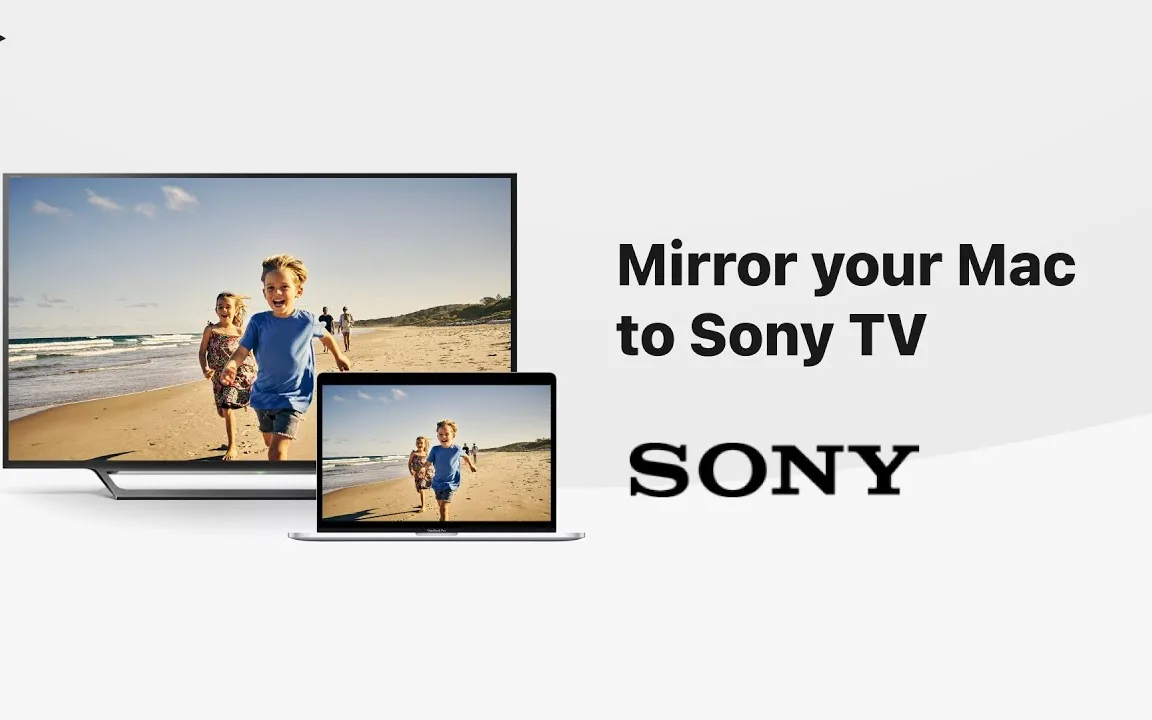
Connecting a Mac to a TV Wirelessly
To connect your Mac to your TV wirelessly, you will need an Apple TV and both devices connected to the same network. Once you have that setup, click on Control Center in the menu bar of your Mac, then click on the Screen Mirroring icon. From there, select your Apple TV and enter a four-digit code if prompted. You may also need to adjust your display settings on your Mac for optimal viewing. Finally, enjoy streaming all of the content from your Mac to your TV wirelessly!
Mirroring a Mac to a Sony HDMI TV
Mirroring your Mac to your Sony HDMI TV is a simple process. First, make sure your TV and Mac are connected to the same wifi network. Then, open Control Centre on your Mac by swiping up from the bottom of the screen or pressing the keys ‘Control+Shift+Eject’. In Control Centre, select the Mirroring icon. Your Mac will then search for available devices to mirror. Select your Sony HDMI TV and you should be good to go!
Connecting a Mac to a TV Using HDMI
Yes, you can connect your Mac to a TV with HDMI. If your Mac has an HDMI port, you can directly connect to your TV with an HDMI cable. If your Mac has USB-C ports, you can use an adapter like the Apple USB-C Digital AV Multiport Adapter to connect to your TV. You may also be able to use a Mini DisplayPort to HDMI adapter or cable if your Mac has Mini DisplayPort.
Displaying a Mac Screen on a TV
To display your Mac screen on your TV, you’ll need to connect the two devices using a video cable or an adapter. First, check the ports on both devices to see if they match. If they don’t match, you’ll need to use an adapter. Once you have the right cable or adapter, plug one end into the video output port on your Mac and the other end into the video input port on your TV. If your TV supports AirPlay, you can also set up a wireless connection between the two devices.
Connecting a Mac to a TV
To get your TV to recognize your Mac, you’ll need to connect the two devices using a video cable. Depending on which ports are available on your computer and TV, you may need an adapter for the connection. Start by connecting one end of the video cable (or an adapter, if necessary) to your Mac’s Thunderbolt port, HDMI port, or DVI port. Then connect the other end of the cable to the TV’s video input port. Once connected, you may need to adjust the resolution on your TV. To do this, go to Apple Menu > System Preferences and click Displays in the sidebar. You should now see your Mac’s display on your TV screen.
Connecting a Mac to a Sony TV Wirelessly
Connecting your Mac to your Sony TV wirelessly requires a few simple steps. First, make sure both your Mac and Sony TVs are turned on. Then, locate the AirPlay feature on your Mac. You can find it in the menu bar at the top of the screen. Once you’ve opened AirPlay, select your Sony TV from the list of available devices. When prompted, enter the AirPlay code that appears on your Sony TV screen into your Mac and click connect. After a few moments, you should be able to start streaming content wirelessly through your Mac to your Sony TV.
Conclusion
In conclusion, Sony TVs offer a great viewing experience with their high-quality picture and sound. They are designed to be compatible with a variety of devices and connections, including AirPlay Mirroring for streaming from Macs, connecting directly to HDMI, or using an adapter or cable for Mini DisplayPort connections. With their sleek design and intuitive interface, Sony TVs make it easy to enjoy movies, shows, games, and more in stunning detail.

